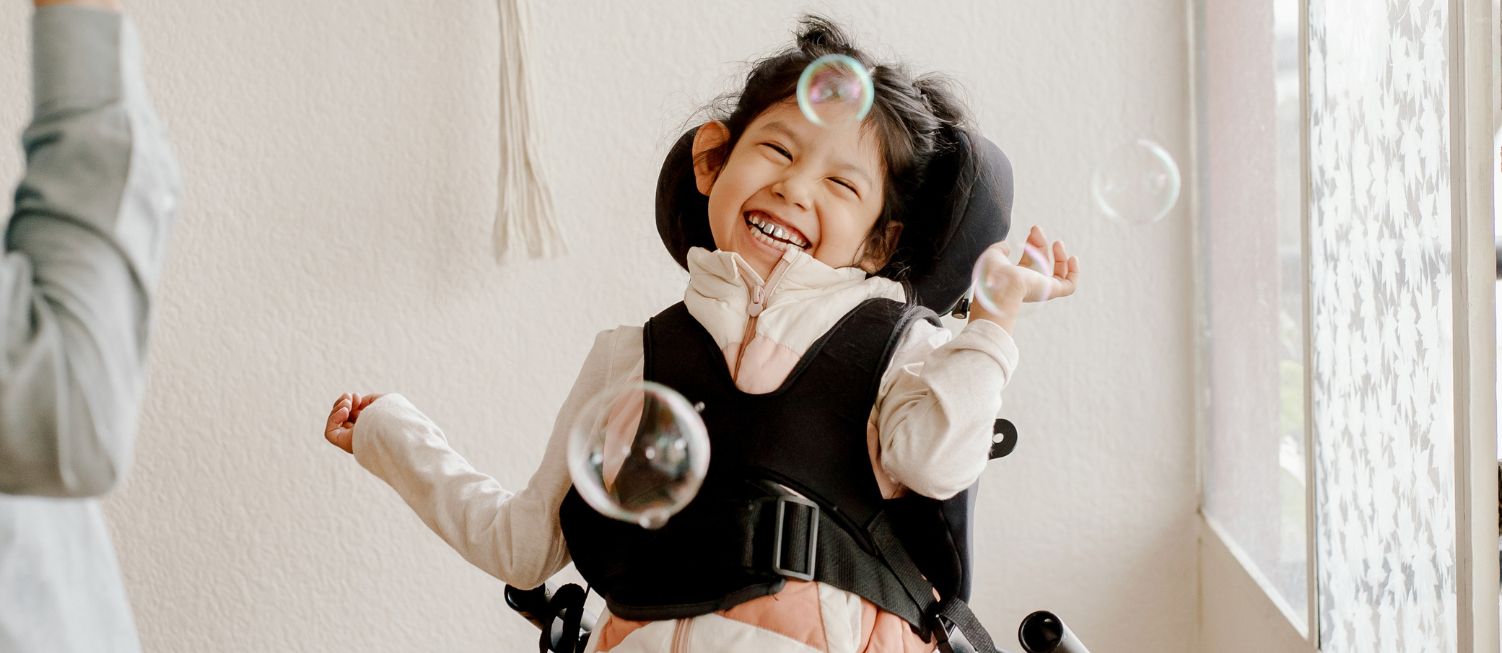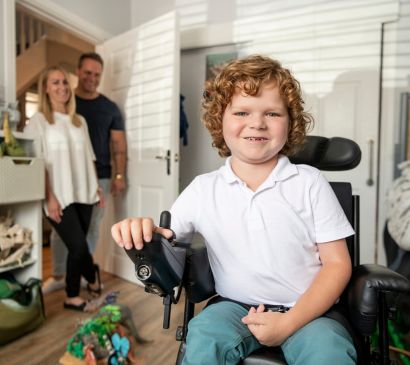PACE and parents.


How will PACE impact your child’s NDIS Plan?
The rollout of the NDIS PACE system and accompanying changes within the NDIS means there may be some changes coming to the way your child’s NDIS Plan and budget are managed.
With any major changes and new technologies, there is an adjustment period. Fortunately, the Leap in! Crew assists thousands of Australian children with their NDIS Plans so we’ve created this page for parents and carers of children on the NDIS.


What is PACE?
The PACE system, a new business platform for the NDIS and its partners, replaces the existing system used for communication and plan management.
The NDIS says the new system is designed to:
- Improve the participant and provider experience
- Provide clearer and more consistent information about how decisions are made
- Make systems and processes more consistent nationally
- Make it easier to implement recent changes to the NDIS Act.
Check out our main PACE page for more details.


How the changes may affect your child.
Transitioning to PACE.
Children who are new to the NDIS are being set up on the new PACE system. Children with an existing NDIS Plan will transition to PACE at their next plan reassessment.
Plan reassessment.
With PACE, the plan reassessment process has changed. During a reassessment, you and your NDIS partner can discuss if changes are needed for your child’s plan and budget. See Changes to NDIS Plans for more details.
Longer NDIS Plans.
If your child has stable support needs, their NDIS Plan may be up to three years long. However, most children and teens will have a shorter plan period to meet their dynamic needs.
Multi-year plans will have annual amounts to spend on supports and services your child needs each year. You cannot access funds that are allocated for the future.
Budget flexibility.
PACE plans are structured by support categories with whole dollar budget amounts allocated to each, which enhances flexibility within each category.
Under Core supports, your child will have a budget that can be spent flexibly across any category that is managed the same way – self managed, plan managed or agency managed. This may include the daily living, social, community participation and consumables budgets.
Capacity Building and Capital supports budgets may have stated support categories. Stated supports can only be used for items or services within that support category.
For more details about budget changes, see Support categories and PACE.
Plan implementation meetings.
Plan implementation meetings are designed to help you make the most of new NDIS Plans. These meetings are optional. If you and your family feel confident managing your child’s plan, you don’t need to attend a meeting.
Endorse your partners.
If your child has a support coordinator or plan manager you will need to endorse them so they can connect with your plan on the PACE system. If possible you should do this at your plan meeting. Alternatively, you can do this any time by contacting the NDIS.


Support types and budget categories.
As part of the new changes to the NDIS there are 21 support categories instead of 15, as some of the previous support categories have been split up. These are divided amongst four support types.
Core supports
- A new support category “Home and living” helps people live as independently as possible. If your teenager plans to move out of the family home they may be able to access funding through this category.
Capital supports
- “Assistive technology repair and rental” is a new budget category that may include funds for repairs, maintenance, short and long term rentals, and equipment trials.
If your child has Assistive technology (AT) budget in their plan, make sure the new plan also includes funding in the “AT repair and rental” budget. If your child has a PACE plan, the traditional AT budget can not be used to fund repairs or rentals. - “Specialist disability accommodation (SDA)” is a new budget category that provides people with extreme functional impairment or very high support needs funding for a specially designed home.
Capacity Building supports
- “Behaviour support” is a new budget category that funds supports for behavioural management strategies to reduce behaviours of concern and help improve quality of life.
- Minor changes have been made to some category names:
-
- Support coordination becomes Support coordination and psychosocial recovery coach
- Improved relationships becomes Relationships
- Improved health and wellbeing becomes Health and wellbeing
- Improved learning becomes Lifelong learning
- Improved life choices becomes Choice and control
Recurring supports
- This is a new support type with a sole budget category: “Transport“. This support is paid on a regular basis without the need for a claim.


Just getting started with the NDIS?
If you’re concerned about the development of your child, and need support but haven’t yet accessed the NDIS, help is available. Please refer to the following resources:
If you’d like more information about PACE, check out our PACE FAQs.
